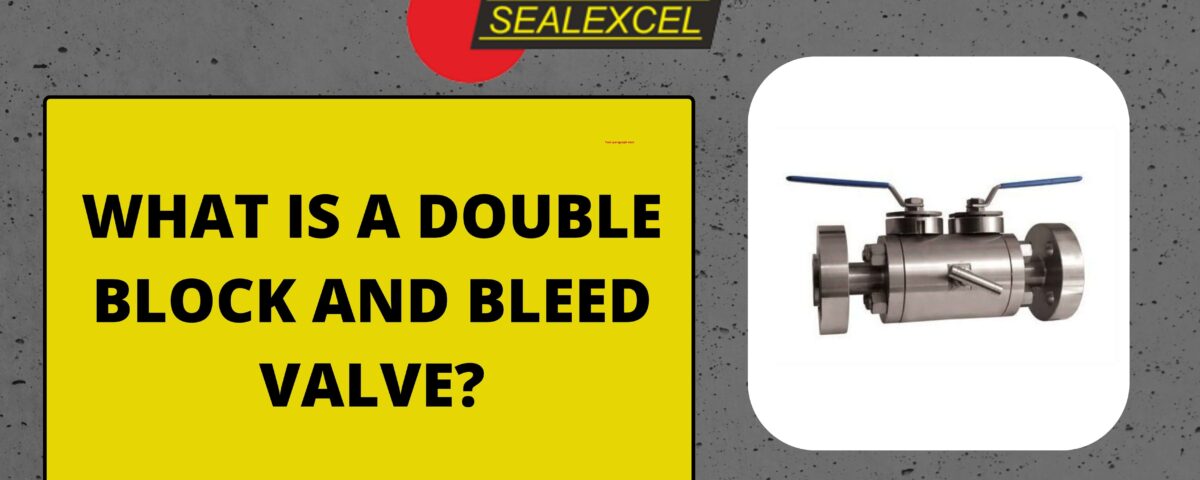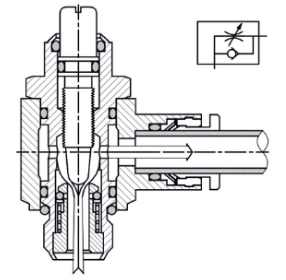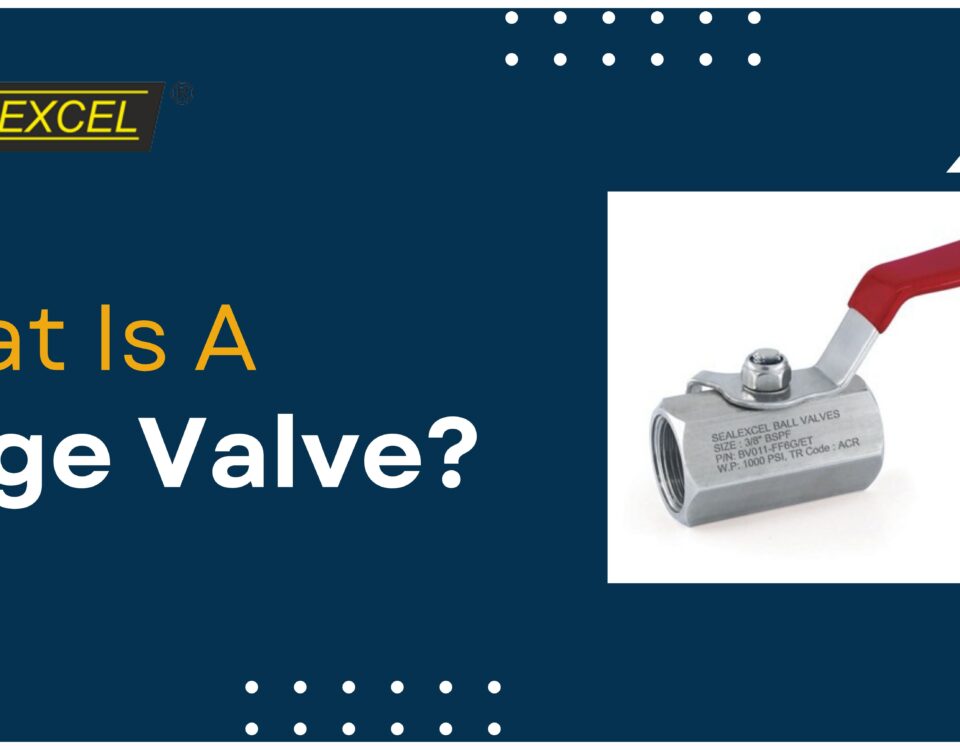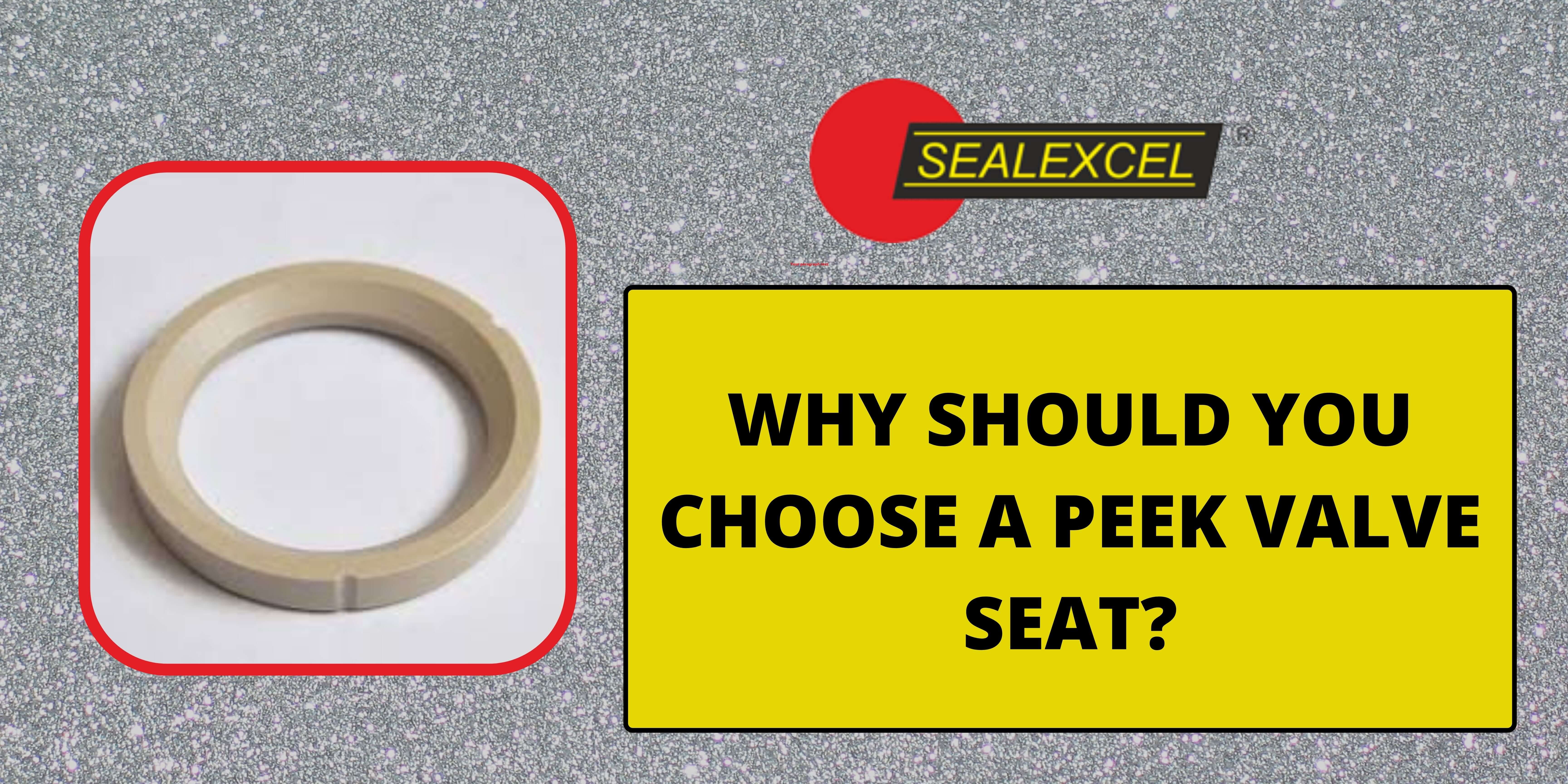
Why Should You Choose A Peek Valve Seat?
November 1, 2022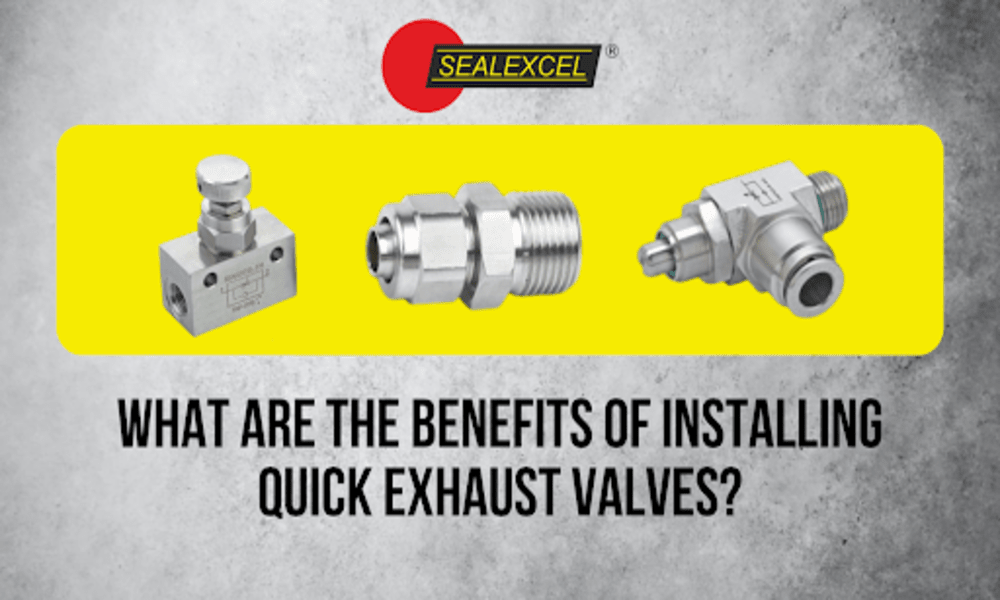
What Are the Benefits of Installing Quick Exhaust Valves?
January 4, 2023Double block and bleed valves play a vital role in engine performance. In simple terms, double block and bleed mean two pieces of equipment are used to open the oil pump for oil to flow out. The benefit of this is that it increases the amount of oil that gets into the crankcase; this also helps maintain more consistent oil pressure throughout the engine’s life. At the same time, using two separate pieces of equipment reduces the risk of failure, which can result from excess wear or stress on one component in particular. If your vehicle has an integral double block and bleed valve system, you must understand how it works to maintain it correctly. Keep reading to learn everything you need about a double block and bleed valve.
What are a Double Block and Bleed Valve?
A double block and bleed valve is a mechanical device that increases oil flow from the engine to the crankcase. The oil flow from the engine is provided by a double-acting pump which can be either a mechanical or electronically driven pump. The engine’s oil pressure is adjusted via a bleed valve that lets oil out of the engine but prevents it from running back in. This can be a manually operated or electrically operated shut-off valve. The double block and bleed valve are typically located on the bottom of the engine block. The valve itself may be a manually operated or electronically operated solenoid valve. The valve operation is similar whether it is operated by hand or remote control.
Double Block and Bleed Valve Components
The pump and valve are usually mounted inside the engine block. The pump is usually a mechanical pump that produces high-pressure oil that needs to be vented into the atmosphere. Some engines also have an electronically driven pump connected to an oil pressure sensor. The components that make up the double block and bleed valve are usually mounted in the engine. One specific type of double block and bleed valve is the electronically controlled double bleed and shut-off valve. These valves are designed to automatically close when the oil pressure falls below a set level so as not to waste energy. This type of valve is commonly found on high-end cars.
How Do Double Block and Bleed Valves Work
The primary purpose of an integral DBB valve is to increase the oil flow from the engine to the crankcase. The pump, which is usually powered by the engine, is connected to the valve. The oil pressure from the engine is transferred to the pump and then released through the valve. This increases the amount of oil in the crankcase. The double valve is often combined with a drain valve to remove excess oil from the engine. In some applications, the drain valve is located inside the engine, controlled by a user interface to shut off the engine when the vehicle is not being driven.
Double Block and Bleed Valve Maintenance
A double block and bleed valve operation depends on a healthy engine. If the engine is not getting enough OIL, the pump will not produce the necessary pressure to push the oil through the valve. If the engine is running poorly, the oil pressure sensor could send a false signal. Both of these conditions can be corrected by adding oil to the engine. While increasing engine oil does help, it is not a permanent fix. To keep the engine performing at its best, you must maintain it correctly.
Final words
The best way to maintain a double block and bleed valve is to keep it clean. You can clean it using a transmission cleaner or a synthetic oil filter. Once a month or so, use a valve spring cleaner to keep your springs in good shape. It would help if you also replaced the sensor every year or so to help with maintaining the engine.

